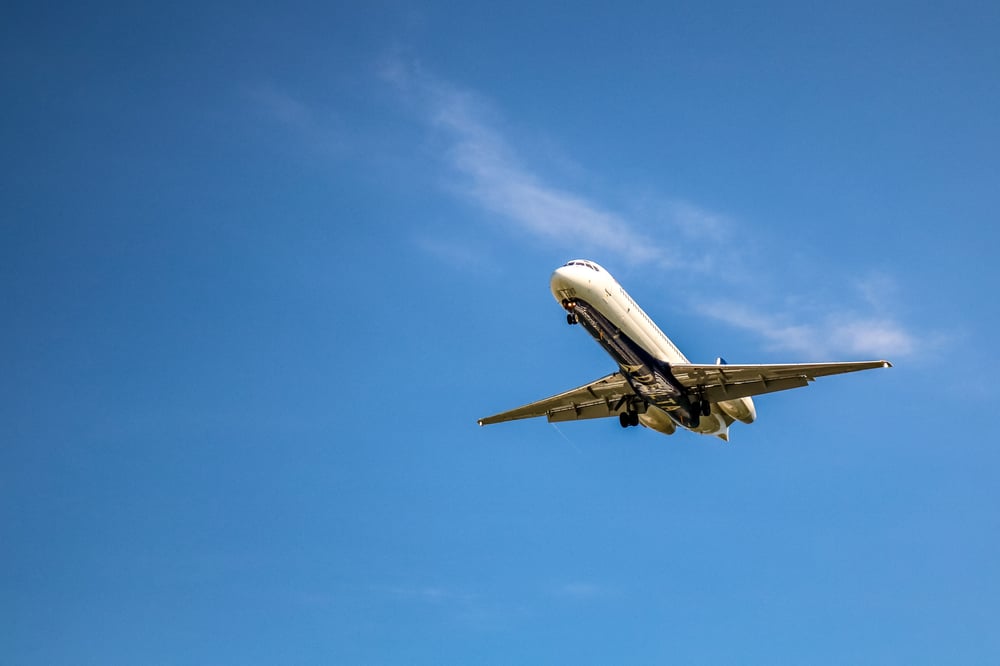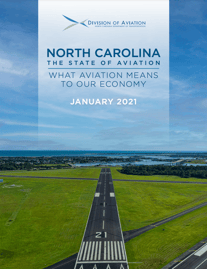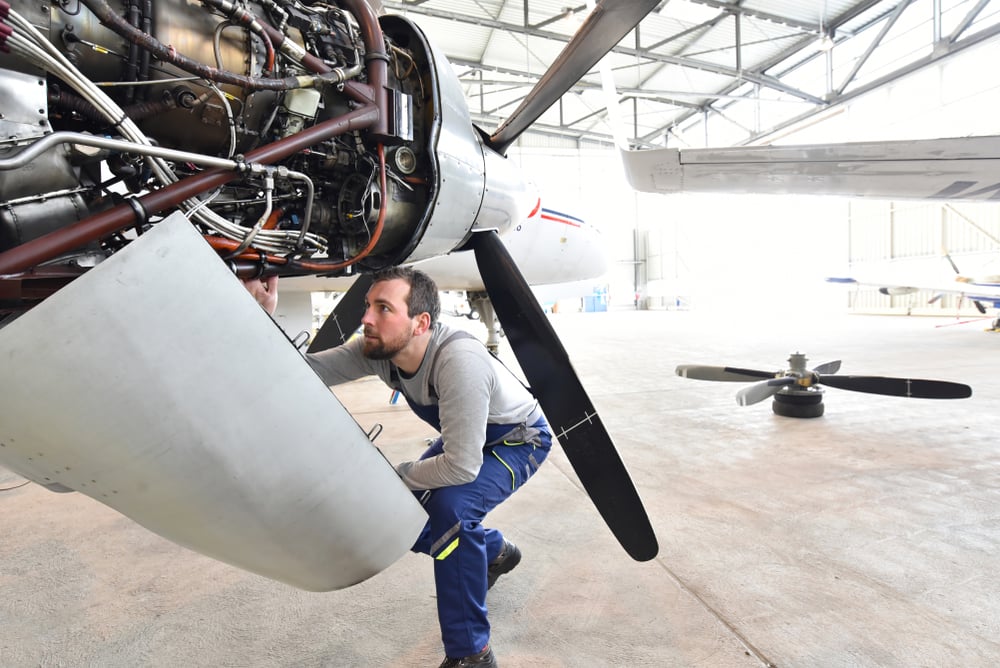10 Things You Need to Know About the State of NC Aviation
by Think Currituck, on 3/11/21 12:41 PM

Earlier this year, the North Carolina Department of Transportation’s Division of Aviation released its report on the economic impacts of the state’s public airports.
On its website, NCDOT notes that the "report reviews 2019 data, so the impacts of the COVID-19 Pandemic are unrepresented here. The impacts were swift and significant, and varied greatly by sector. The State of Aviation report will provide a benchmark for tracking the expected recovery of aviation and aerospace industries in 2021."
The biennial report "highlights the significant economic impacts generated by the state's public airports and the many assets that support a vibrant and competitive aviation and aerospace sector."
 Here are 10 takeaways from North Carolina: The State of Aviation...
Here are 10 takeaways from North Carolina: The State of Aviation...
1. North Carolina’s public airports annually contribute $61 billion to the state’s economy, supporting 373,000 jobs that generate $15 billion in personal income and $2.5 billion in state and local tax revenues.
2. North Carolina’s system of 72 public airports support the transport of more than 70 million business and leisure travelers each year. They also move 1.1 million tons of high-value, time-sensitive cargo such as medical supplies and advanced manufacturing components.
3. Flying out of the 10 commercial service airports in North Carolina, 14 commercial airlines connect North Carolina travelers to 187 destinations worldwide. Commercial airlines own more than $1.2 billion of property in North Carolina that generates substantial tax revenues for the state and local communities.
RELATED: NORTH CAROLINA AIRPORTS GUIDE
4. North Carolina ranks 16th among states in total tons of air freight cargo moved each year—more than 1.1 million tons worth more than $23 billion. North Carolina ranks eighth in the country for employment in air freight services.
5. Fuel suppliers also play a significant role in the aviation industry, with 527 million gallons of fuel sold in North Carolina in 2019.
6. North Carolina’s aerospace manufacturing sector grew by 13 percent from 2015-2019 on the strength of companies like Boeing, Cessna, GE Aviation, Honda Aircraft, Lockheed Martin and Spirit AeroSystems that call the state their home. The state’s 200+ aerospace manufacturing companies employ 6,887 people.

7. More than 153 companies and 4,583 skilled workers support North Carolina’s aerospace sector with critical maintenance, repair and overhaul (MRO) services. North Carolina ranks fifth in the nation in MRO employment, according to the Bureau of Labor Statistics.
8. Military aviation provides significant employment in North Carolina, with eight locations employing 70,000 people. Among these is Fort Bragg, the largest military base in the world, employing more than 50,000 people.
9. North Carolina has positioned itself as a leader across the unmanned aircraft systems (UAS, or drones) industry. The state counted more than 33,000 recreational flyers and 5,000 permitted commercial and government operators at the end of 2020.
10. North Carolina’s four-year universities and community colleges offer more than 28 degree programs that are relevant to aviation and the aerospace sector.
DOWNLOAD/READ THE FULL NC STATE OF AVIATION REPORT


